Surprise and
Flexibility
CAUSES & EFFECTS
OF EMOTIONS

Embarrassment, Shame, and Guilt
Happiness
Fear and Anxiety
Romantic Attraction
Anger
Optimism and Self-Confidence
Stress and Tension
Sadness
Empathy and Compassion
Envy and Jealousy
Surprise and Flexibility
Emotional Self-Awareness
Loneliness
CAUSES & EFFECTS
OF EMOTIONS

Surprise and
Flexibility
Rosa Waters

Mason Crest

| Mason Crest
450 Parkway Drive, Suite D
Broomall, PA 19008
www.masoncrest.com |
Copyright 2015 by Mason Crest, an imprint of National Highlights, Inc. All rights reserved. No part of this publication may be reproduced or transmitted in any form or by any means, electronic or mechanical, including photocopying, recording, taping, or any information storage and retrieval system, without permission from the publisher.
Printed and bound in the United States of America.
First printing
9 8 7 6 5 4 3 2 1
Series ISBN: 978-1-4222-3067-1
ISBN: 978-1-4222-3080-0
ebook ISBN: 978-1-4222-8773-6
The Library of Congress has cataloged the
hardcopy format(s) as follows:
Library of Congress Cataloging-in-Publication Data
Waters, Rosa, 1957
Surprise and flexibility / Rosa Waters.
pages cm. (Causes & effects of emotions)
Audience: Grade 7 to 8.
Includes index.
ISBN 978-1-4222-3080-0 (hardback) ISBN 978-1-4222-3067-1 (series) 1. SurpriseJuvenile literature. 2. EmotionsJuvenile literature. 3. Adaptability (Psychology)Juvenile literature. I. Title.
BF575.S8.W38 2014
152.4dc23
2014005511
CONTENTS

The journey of self-discovery for young adults can be a passage that includes times of introspection as well joyful experiences. It can also be a complicated route filled with confusing road signs and hazards along the way. The choices teens make will have lifelong impacts. From early romantic relationships to complex feelings of anxiousness, loneliness, and compassion, this series of books is designed specifically for young adults, tackling many of the challenges facing them as they navigate the social and emotional world around and within them. Each chapter explores the social emotional pitfalls and triumphs of young adults, using stories in which readers will see themselves reflected.
Adolescents encounter compound issues today in home, school, and community. Many young adults may feel ill equipped to identify and manage the broad range of emotions they experience as their minds and bodies change and grow. They face many adult problems without the knowledge and tools needed to find satisfactory solutions. Where do they fit in? Why are they afraid? Do others feel as lonely and lost as they do? How do they handle the emotions that can engulf them when a friend betrays them or they fail to make the grade? These are all important questions that young adults may face. Young adults need guidance to pilot their way through changing feelings that are influenced by peers, family relationships, and an ever-changing world. They need to know that they share common strengths and pressures with their peers. Realizing they are not alone with their questions can help them develop important attributes of resilience and hope.
The books in this series skillfully capture young peoples everyday, real-life emotional journeys and provides practical and meaningful information that can offer hope to all who read them. It covers topics that teens may be hesitant to discuss with others, giving them a context for their own feelings and relationships. It is an essential tool to help young adults understand themselves and their place in the world around themand a valuable asset for teachers and counselors working to help young people become healthy, confident, and compassionate members of our society.
Cindy Croft, M.A.Ed
Director of the Center for Inclusive Child Care at Concordia University

Words to Understand
 researchers: Scientists who try to make new discoveries.
researchers: Scientists who try to make new discoveries.
evolution: The process by which organisms slowly change to adapt to their environments over long periods of time.
categories: Classes or divisions that things are seperated or sorted into.
neurologists: Scientists or doctors who study the brain and nervous sytem.
automatic: Happening on its own, without being controlled by someone or something else.
stimulus: Something that causes a reaction.
psychologists: Experts on the human mind and emotions.
predictable: Having a result that you would expect.
Suppise! Two-and-a-half-year-old Jeremy leaps up from behind the sofa and startles his mother. When she jumps in surprise, letting out a little squeak, Jeremy rolls on the floor giggling.
Jeremy has already learned that surprise is the emotion people feel when something unexpected happens. Over the past year or so, Jeremy has also learned the names for many other emotions. He probably started out with the most basic onessad and happy. Then he may have learned angry and scared. As he learns more and more words, he will be able to put names to more and more of the feelings he experiences inside.
WHAT ARE EMOTIONS?
have discovered that all our emotionsincluding surpriseare produced within our brains. Scientists have been working to map the human brain, identifying which parts of our brains do what. They have found that human emotion is a pleasant or unpleasant sensation thats created in the brains limbic system. When scientists look at an MRI of a persons brain when shes feeling emotions, they can actually see the different parts of her brain lighting up as they become more active.

An MRI machine looks like this. The person will lie with the part of her body thats being examined inside the donut. It doesnt hurtand it lets doctors and researchers actually look inside a persons brain.
Make Connections
 Magnetic resonance imaging (MRI) is a test that uses a magnetic field and pulses of radio wave energy to make pictures of organs and structures inside the body. For an MRI test, the area of the body being studied is placed inside a special machine that contains a strong magnet. Pictures from an MRI scan are digital images that can be saved and stored on a computer for more study.
Magnetic resonance imaging (MRI) is a test that uses a magnetic field and pulses of radio wave energy to make pictures of organs and structures inside the body. For an MRI test, the area of the body being studied is placed inside a special machine that contains a strong magnet. Pictures from an MRI scan are digital images that can be saved and stored on a computer for more study.
All this has been going on inside our brains throughout our entire lives, ever since we were babies. Sometimes we feel happy, and sometimes we feel sad; sometime we feel angry, sometimes were scared, and sometimes we are bored. All these feelings come and go inside us. When we were very young, though, we didnt have words for all these feelings. As we grew older, like Jeremy, we learned to put words to our feelings.
Next page

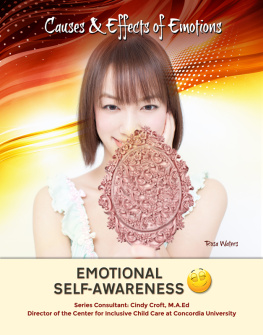
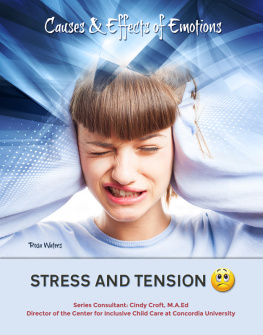
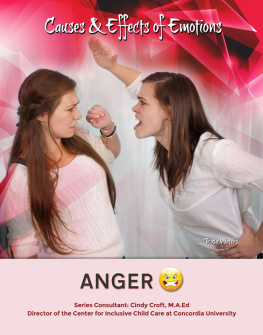
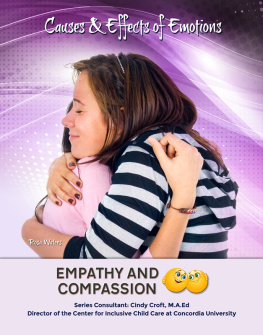

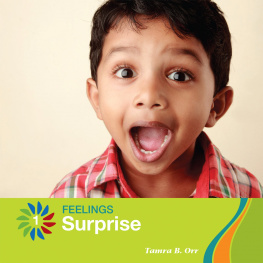
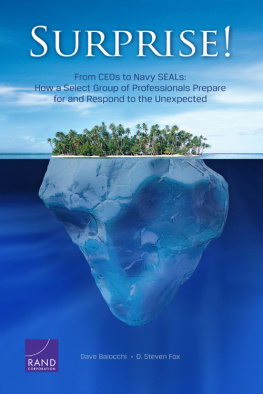


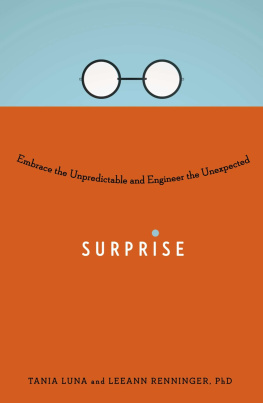
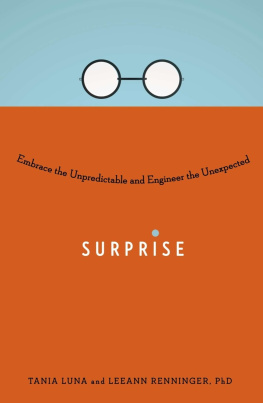

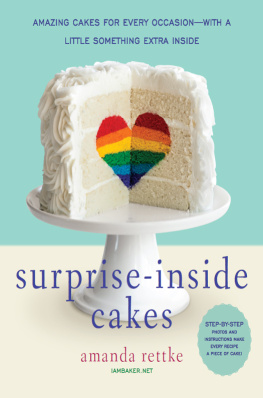






 researchers: Scientists who try to make new discoveries.
researchers: Scientists who try to make new discoveries.
 Magnetic resonance imaging (MRI) is a test that uses a magnetic field and pulses of radio wave energy to make pictures of organs and structures inside the body. For an MRI test, the area of the body being studied is placed inside a special machine that contains a strong magnet. Pictures from an MRI scan are digital images that can be saved and stored on a computer for more study.
Magnetic resonance imaging (MRI) is a test that uses a magnetic field and pulses of radio wave energy to make pictures of organs and structures inside the body. For an MRI test, the area of the body being studied is placed inside a special machine that contains a strong magnet. Pictures from an MRI scan are digital images that can be saved and stored on a computer for more study.